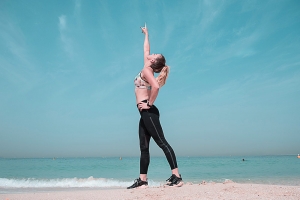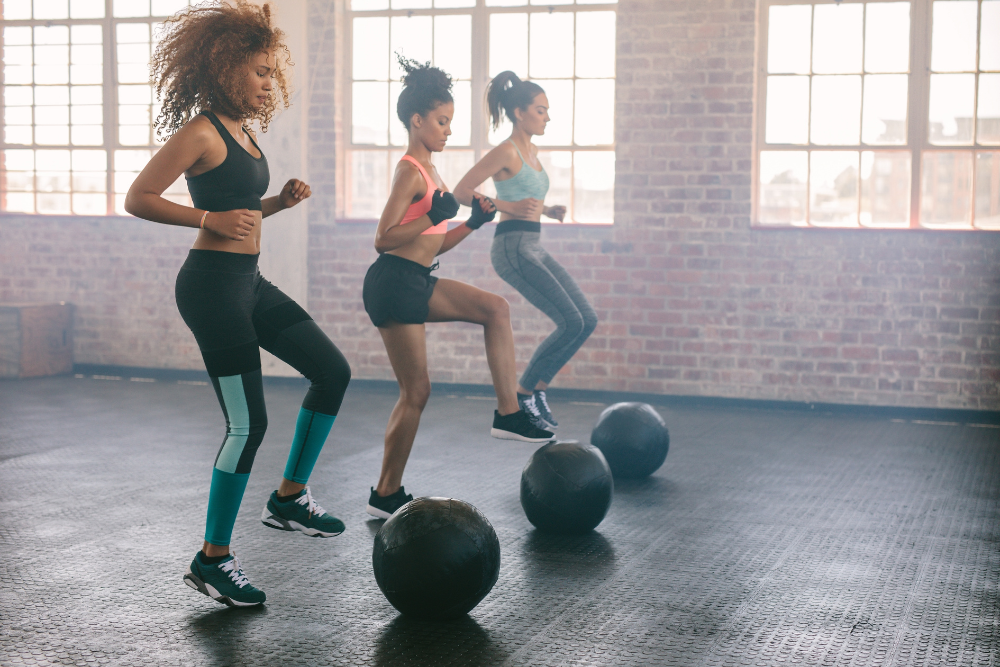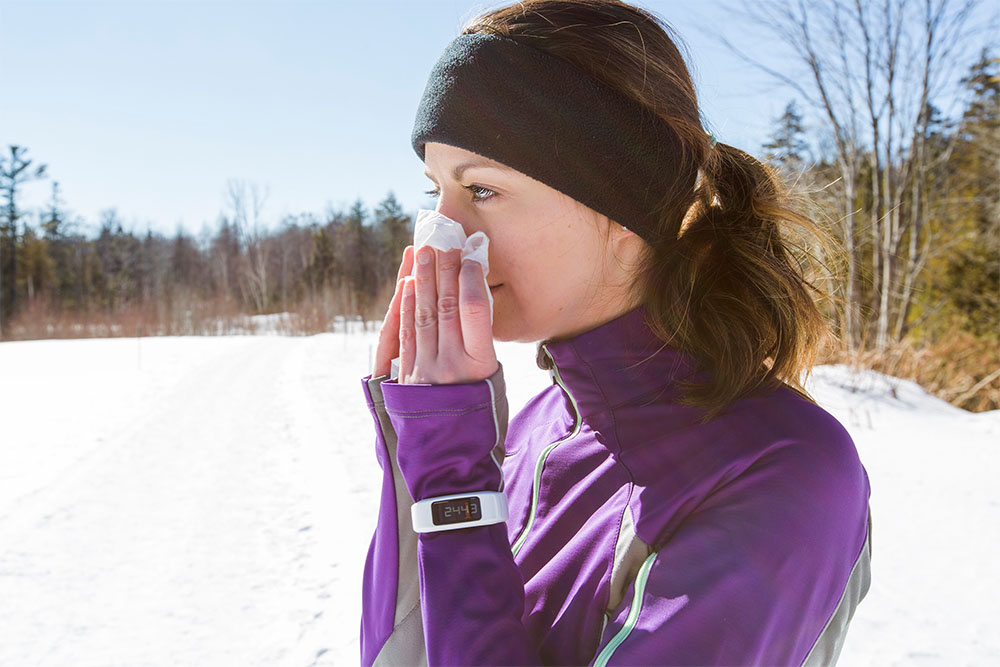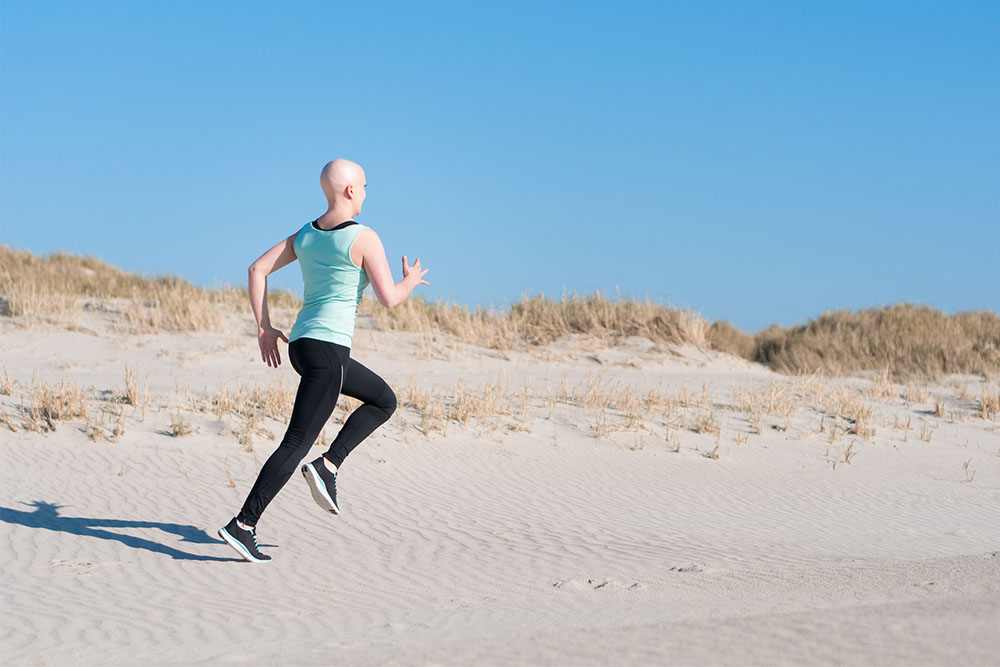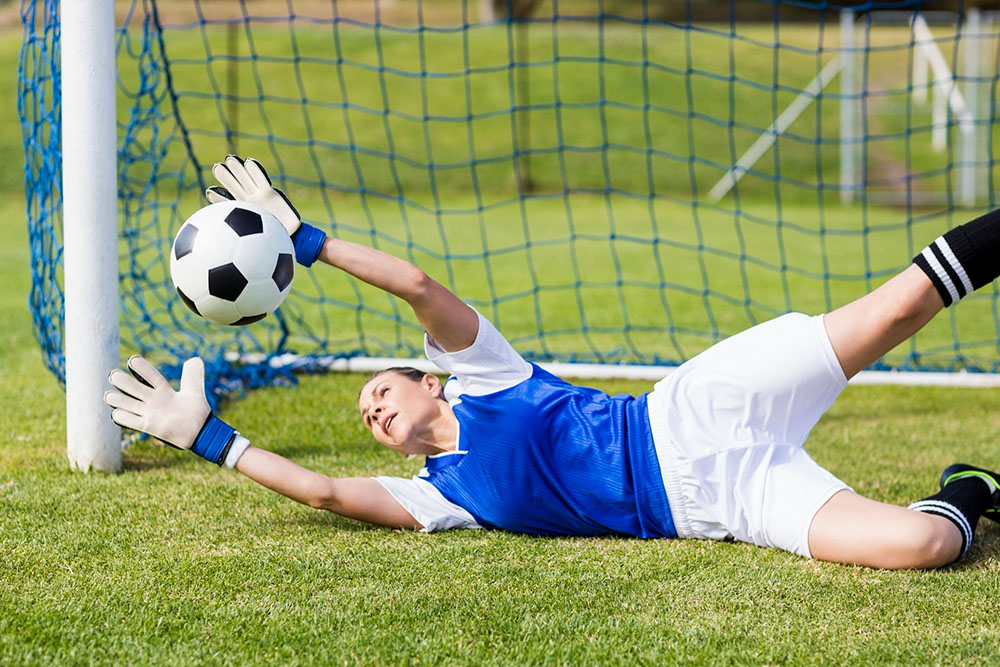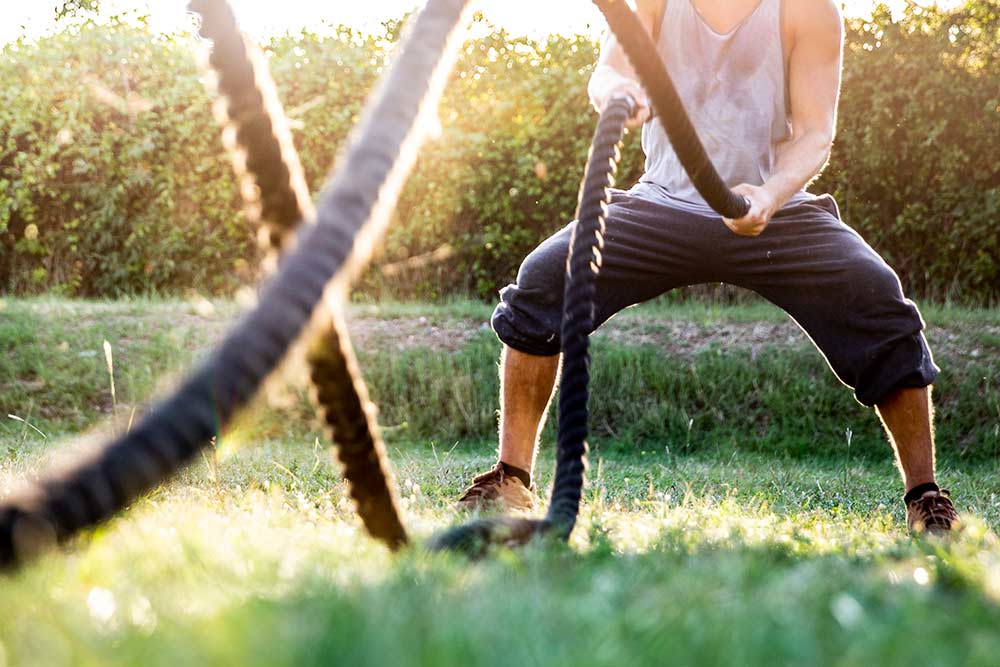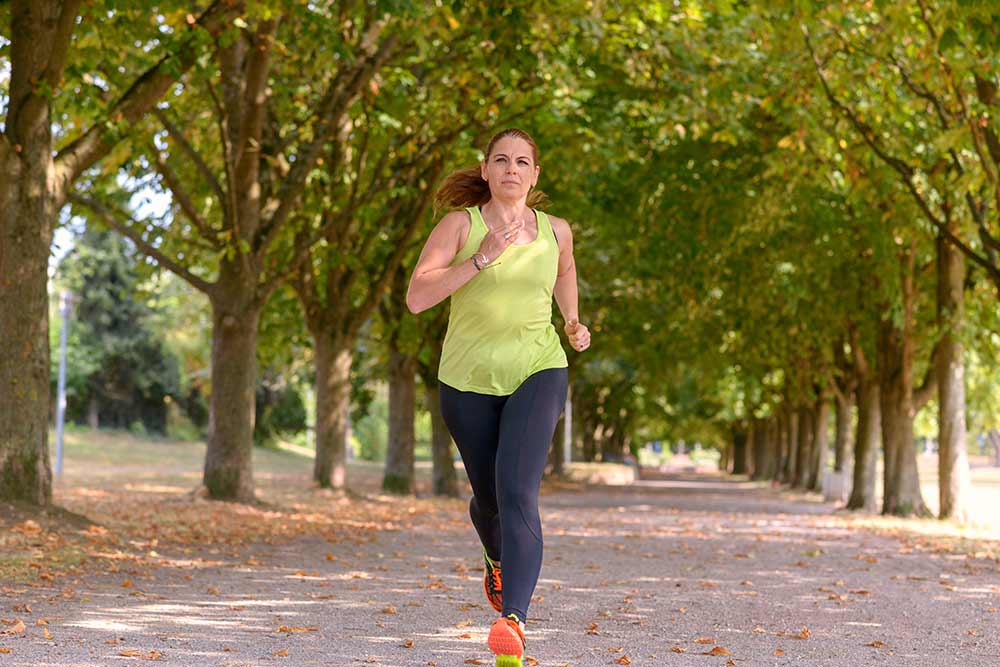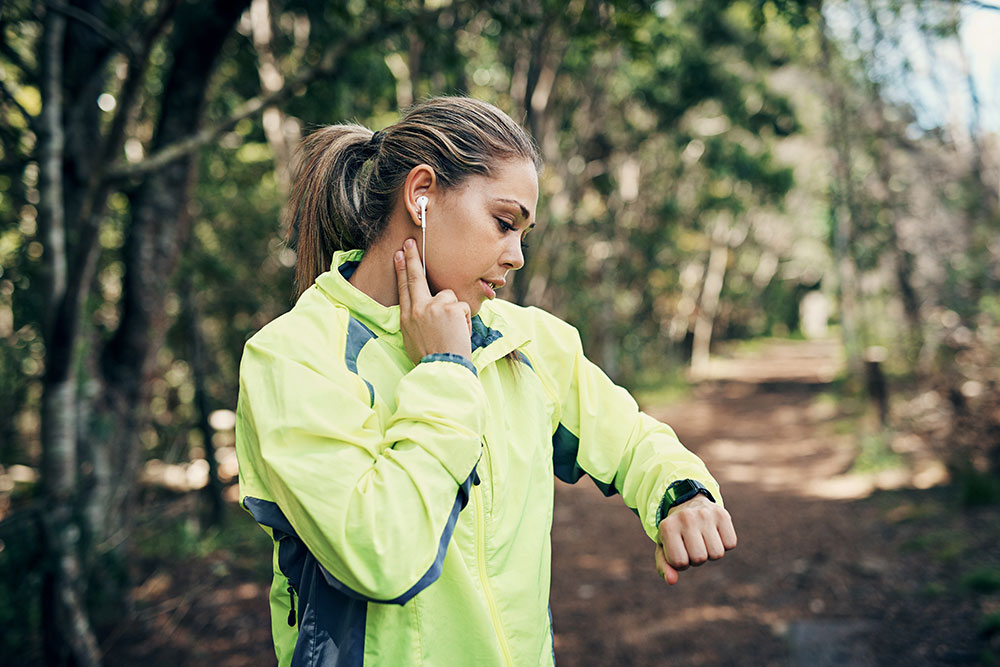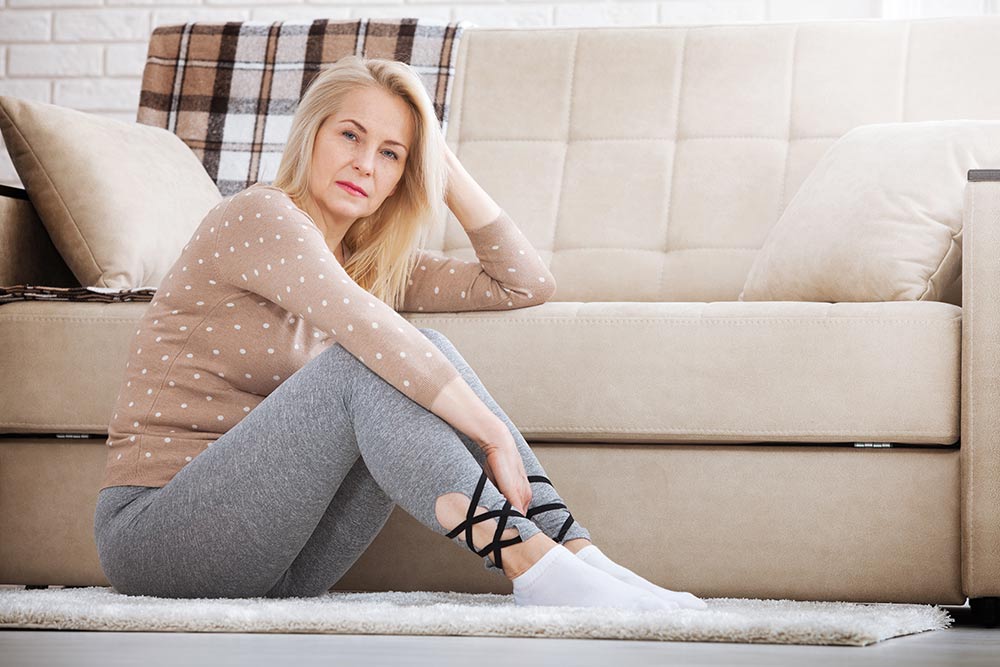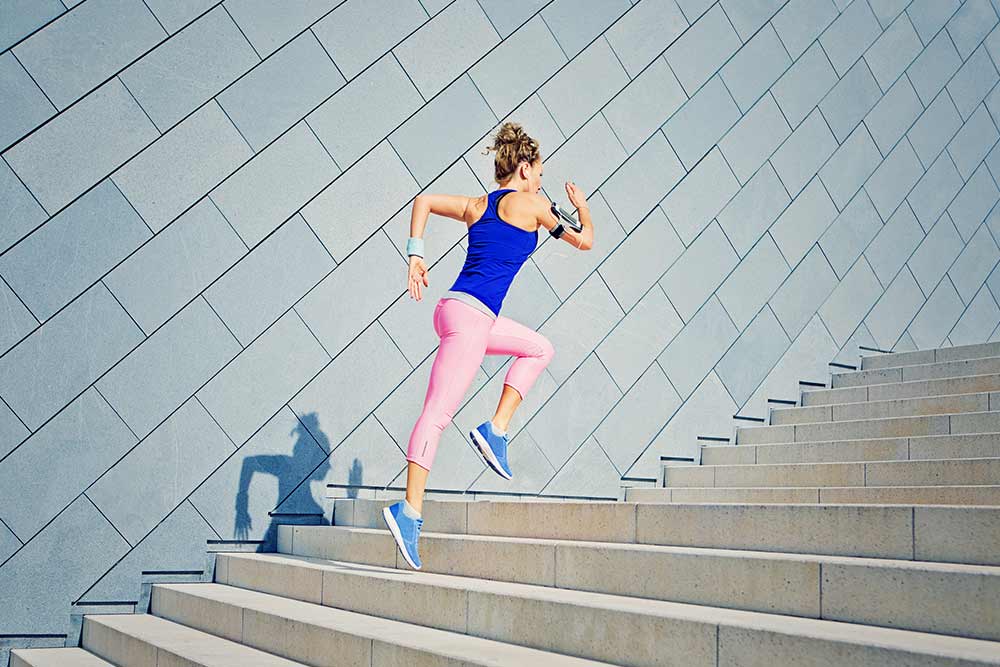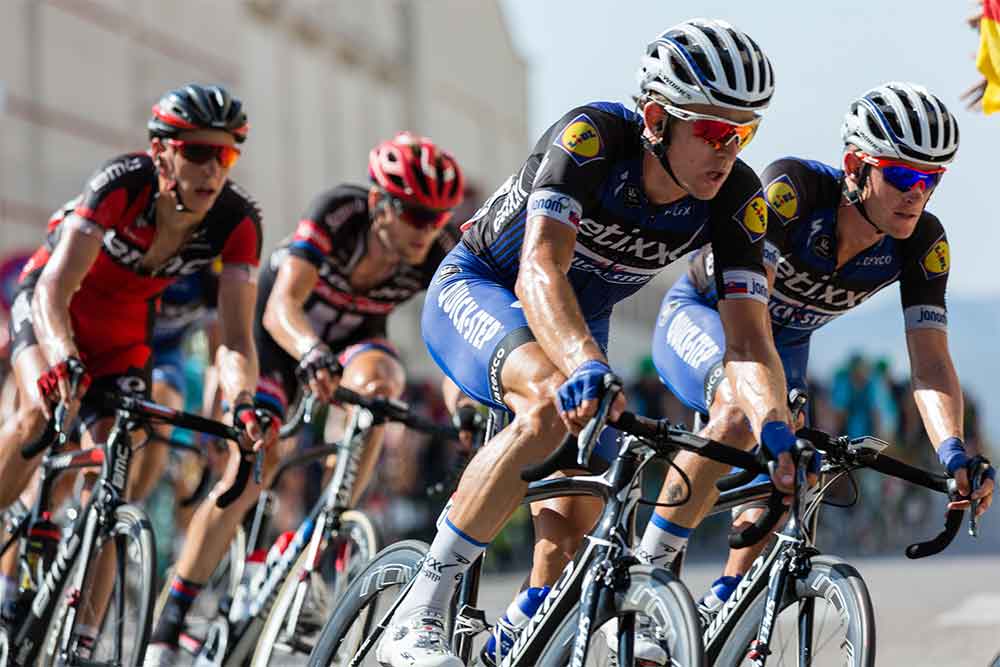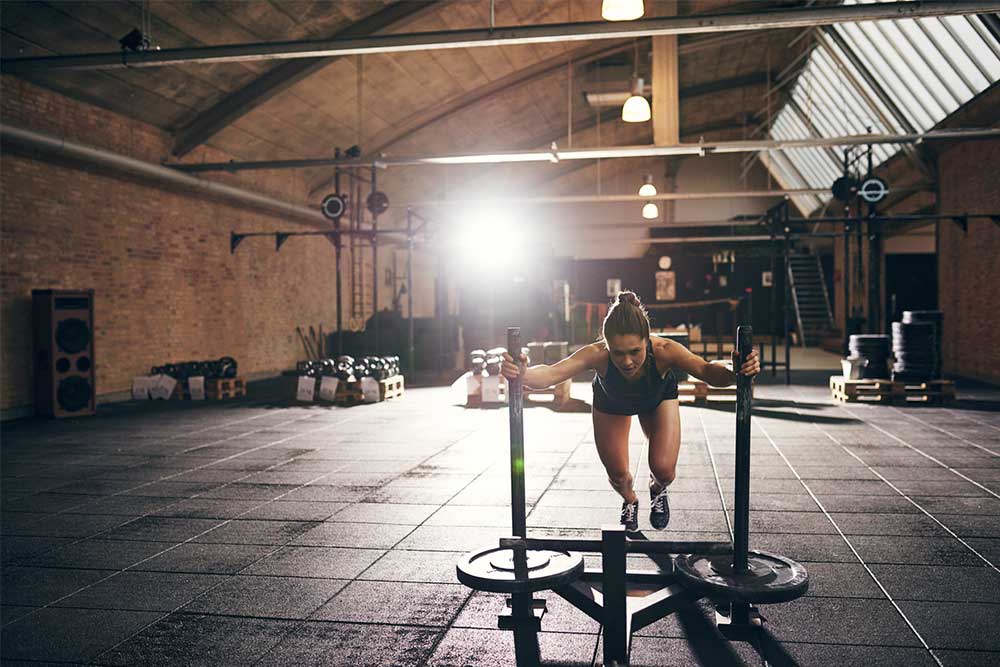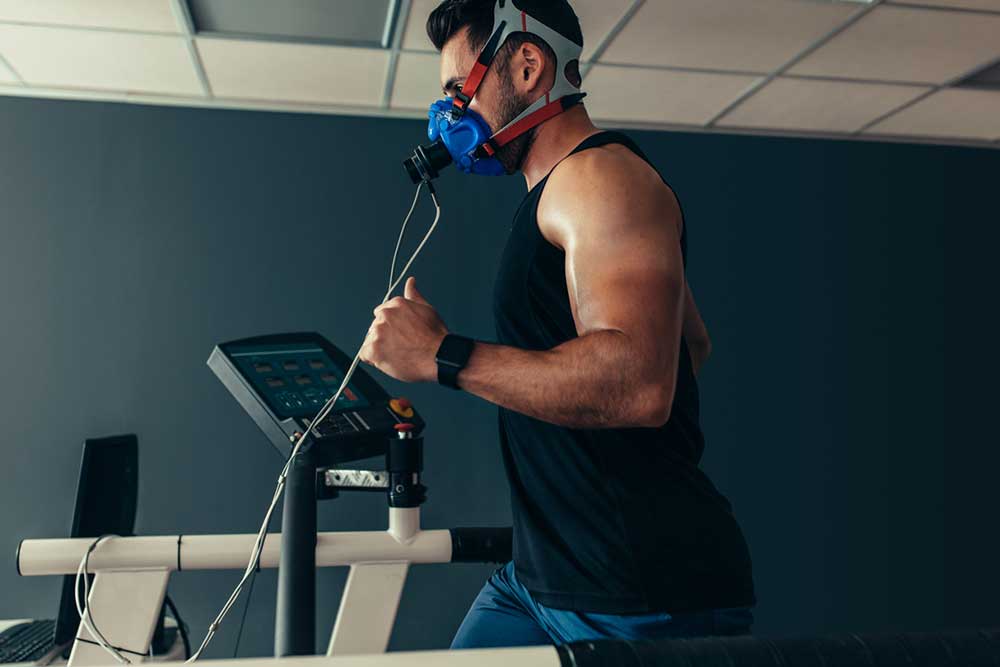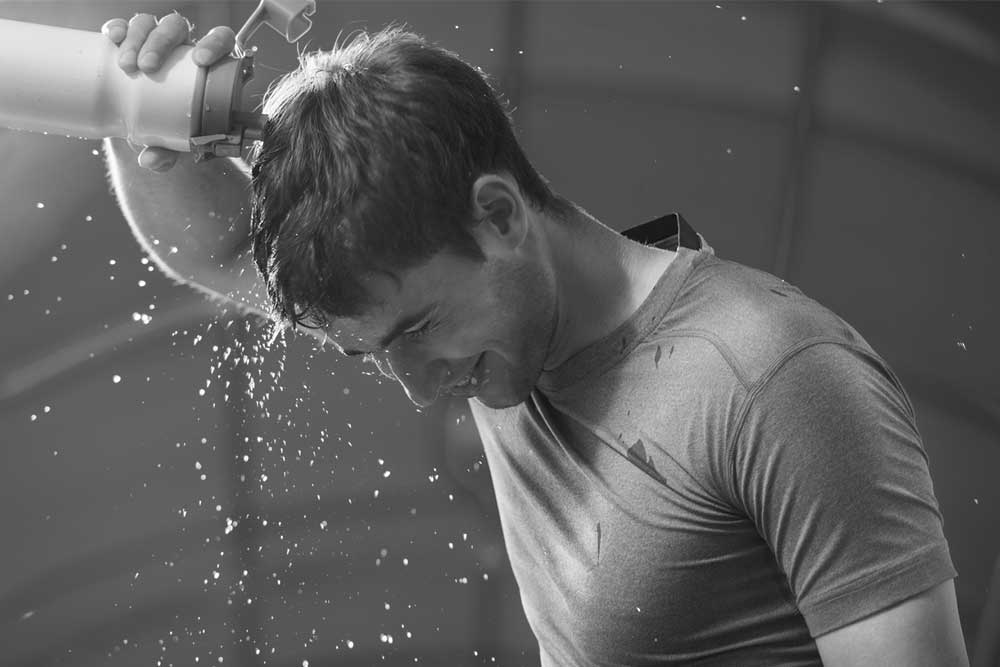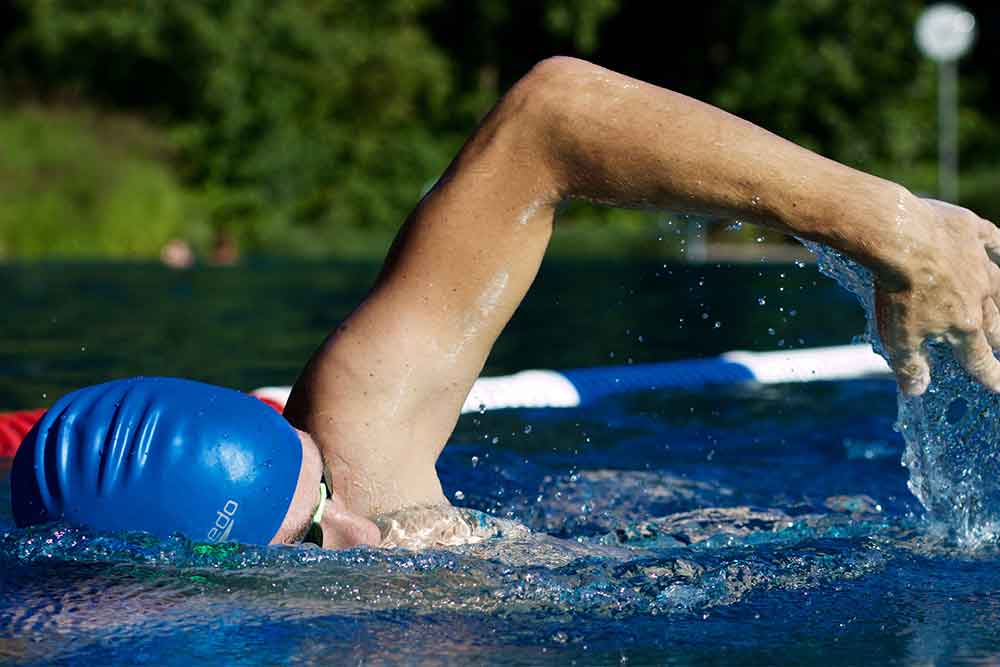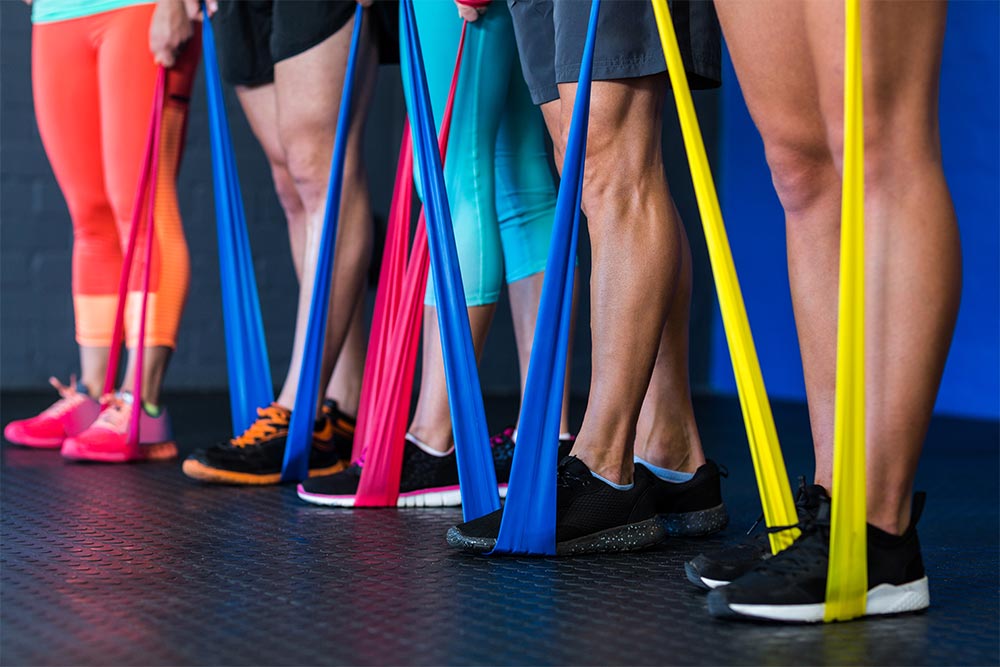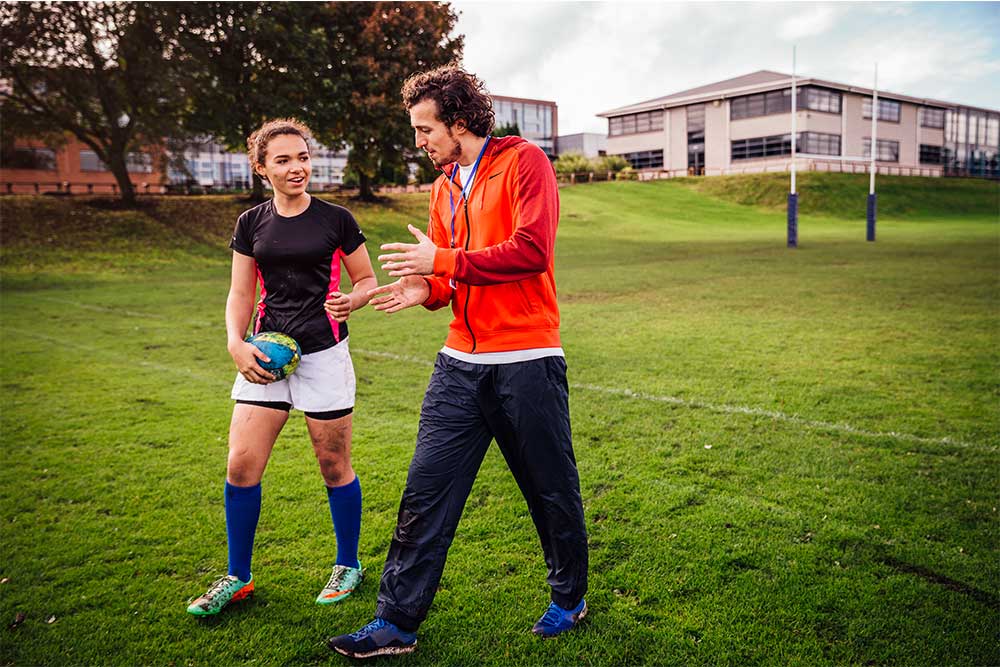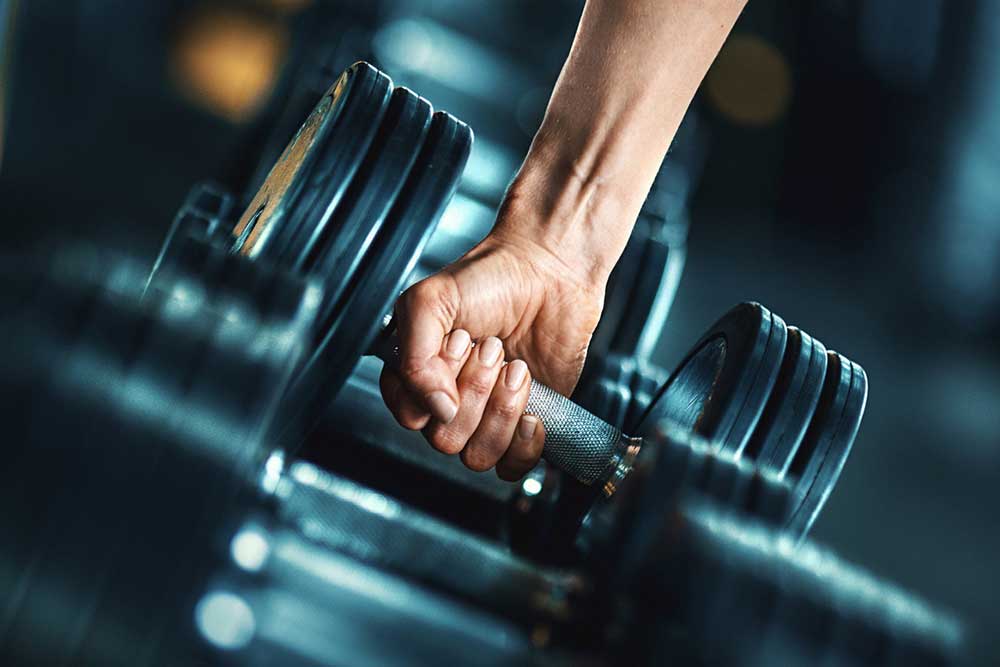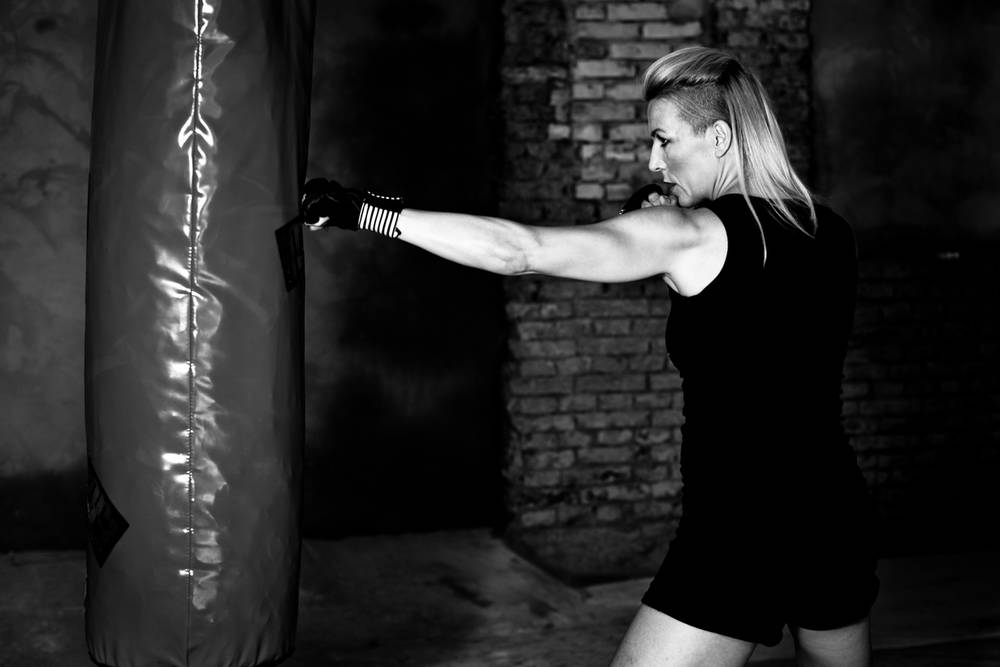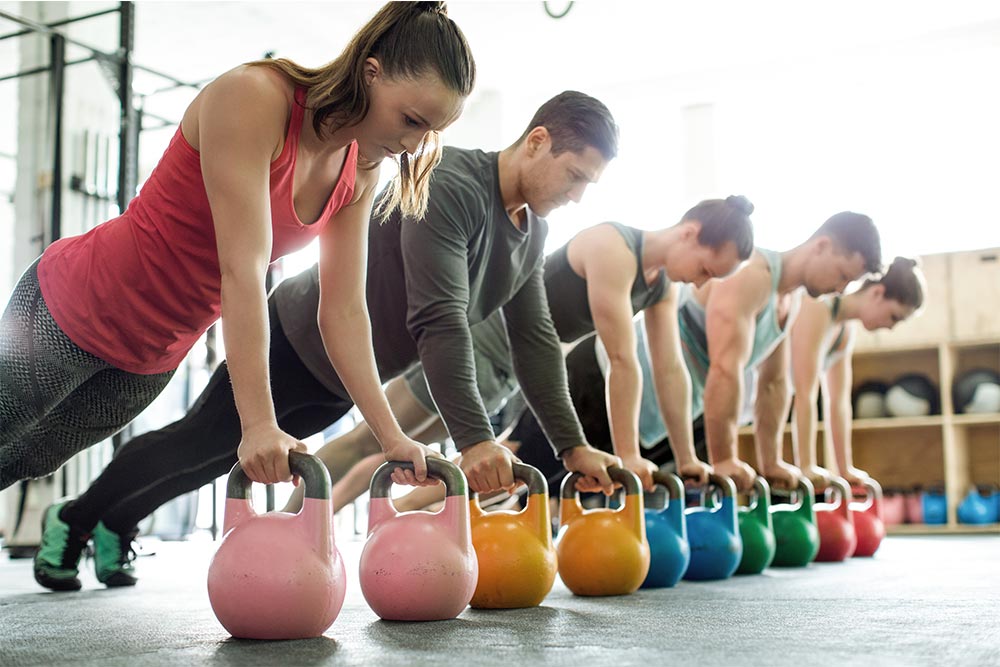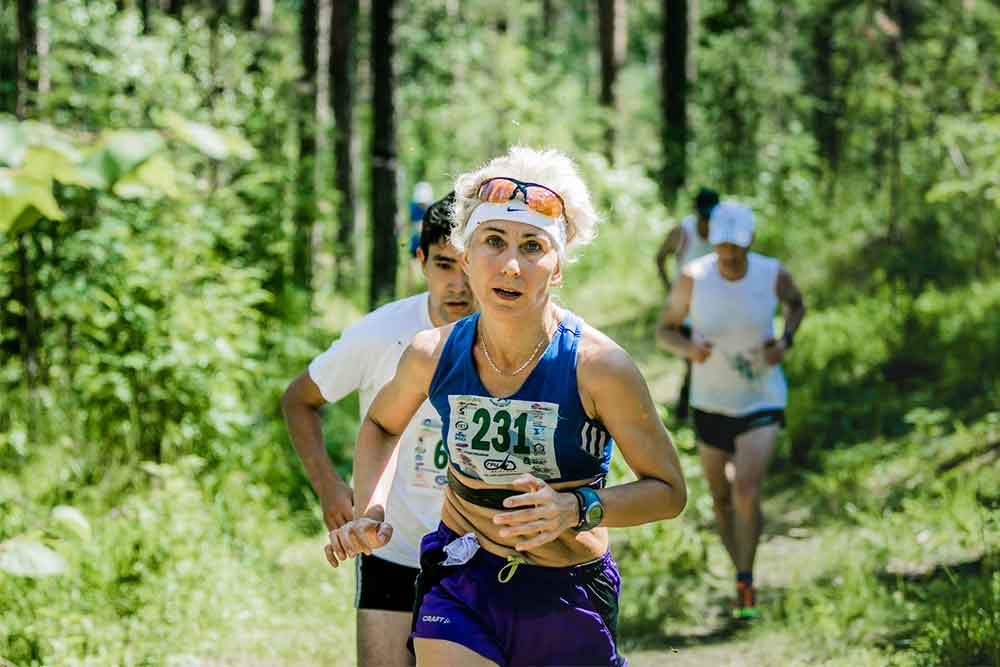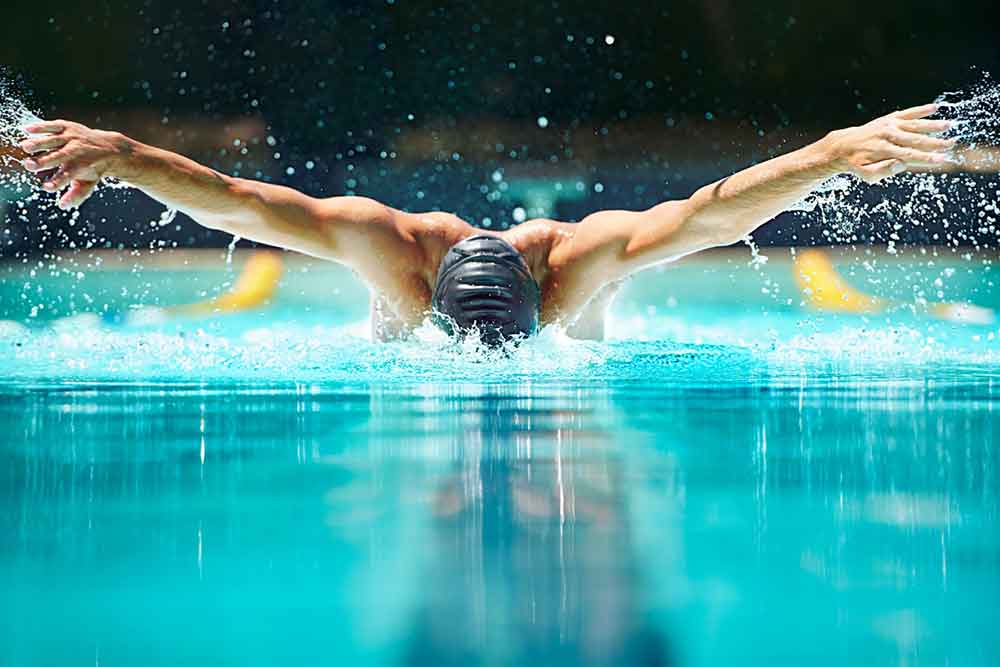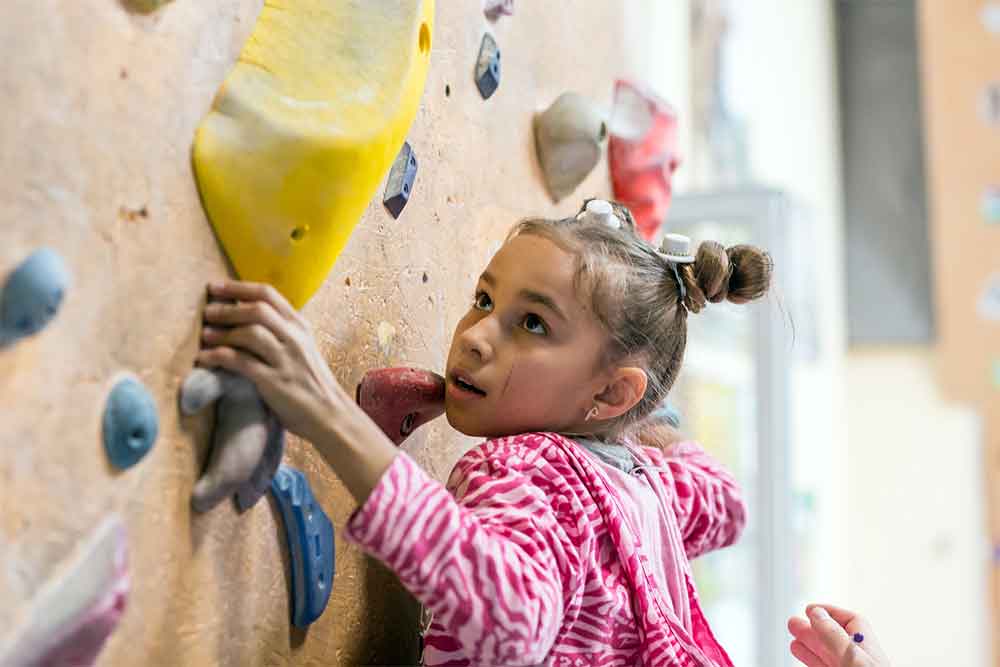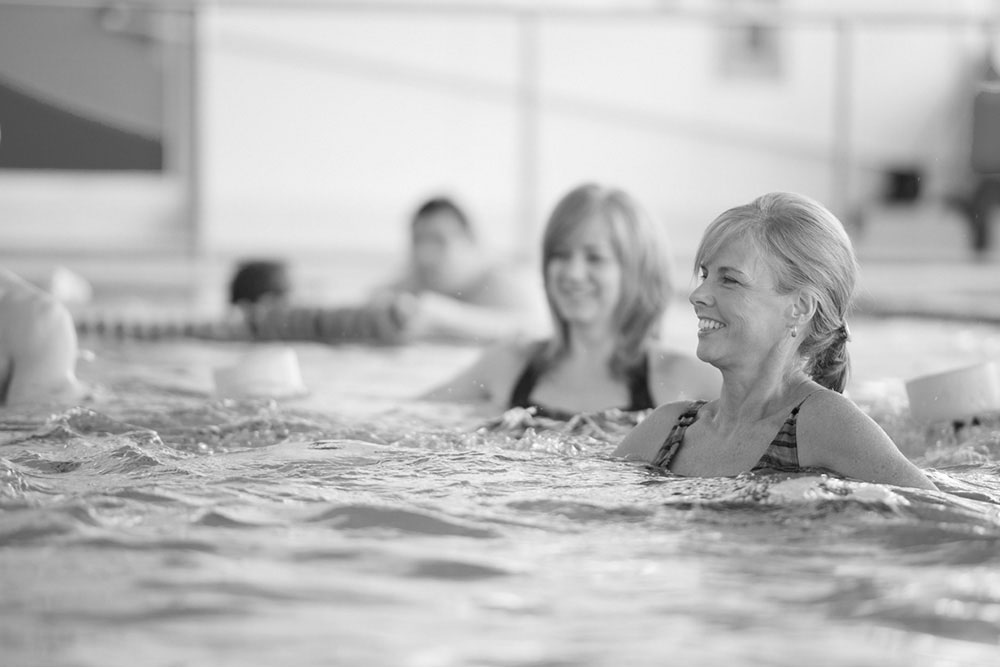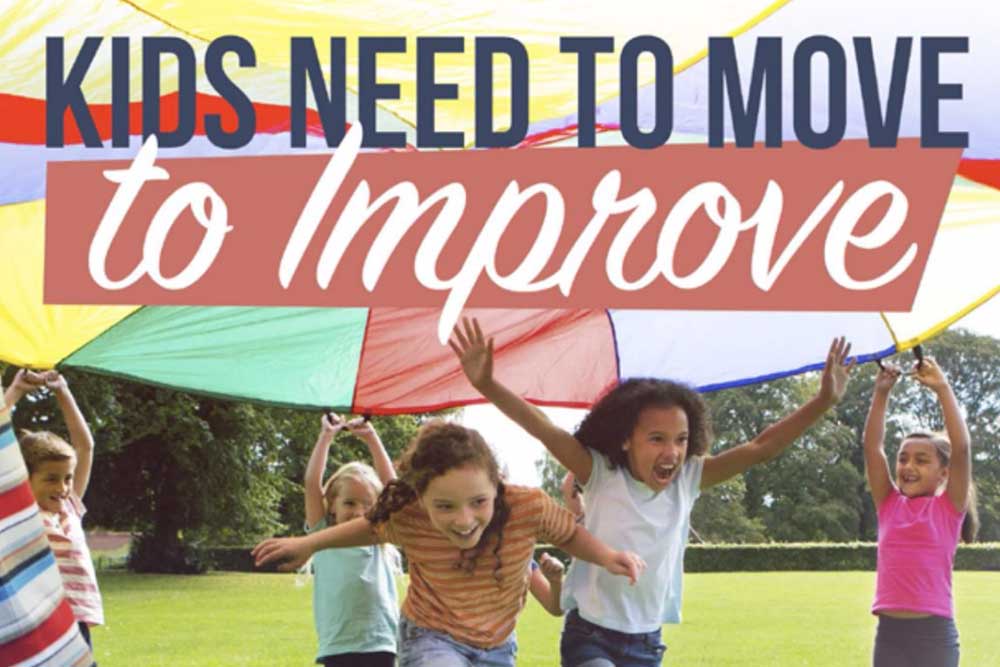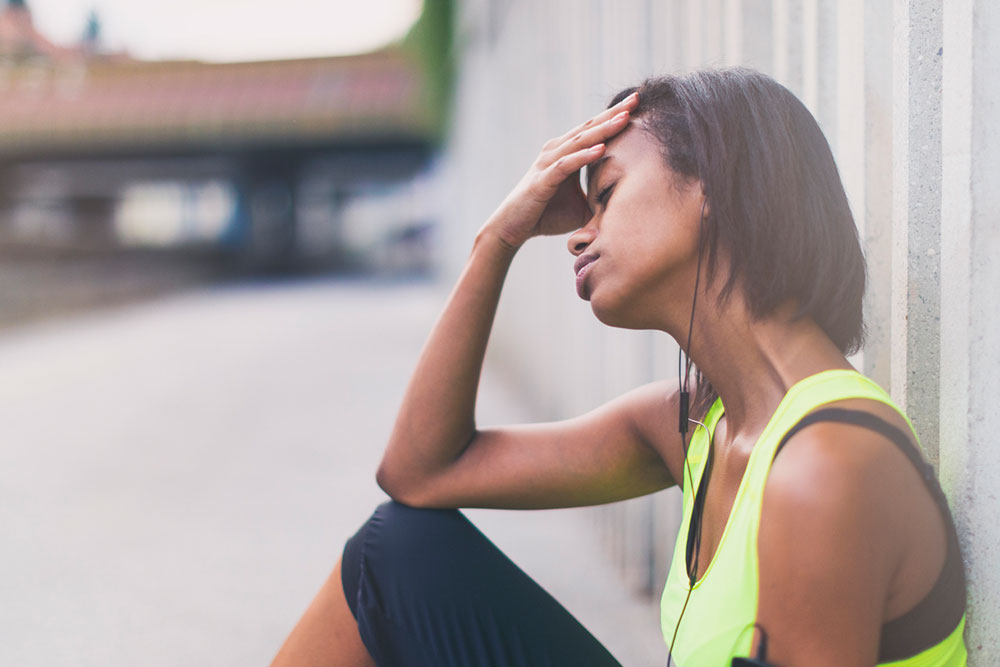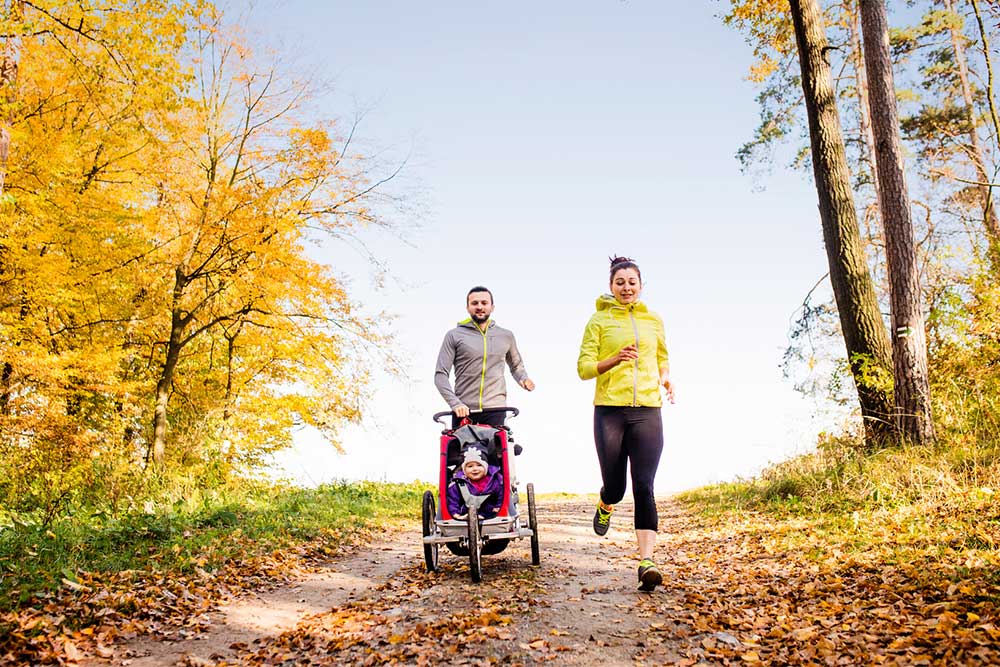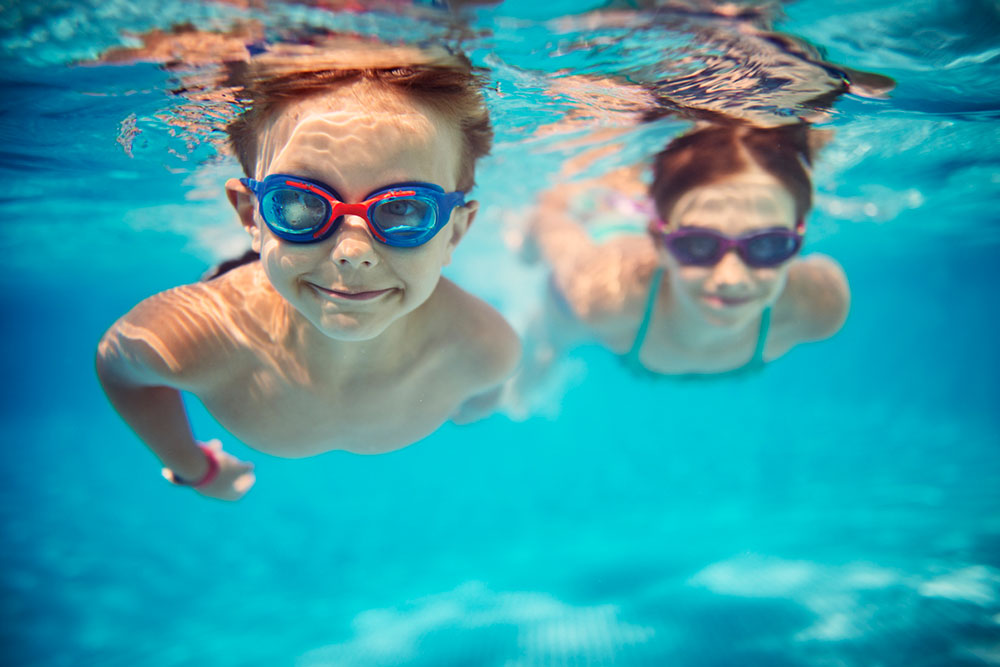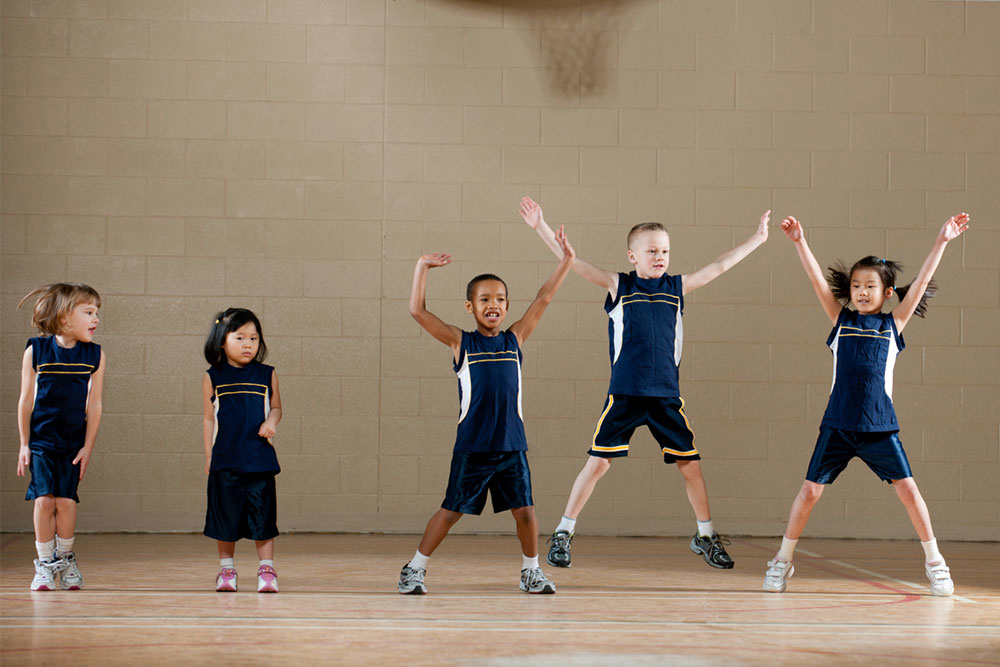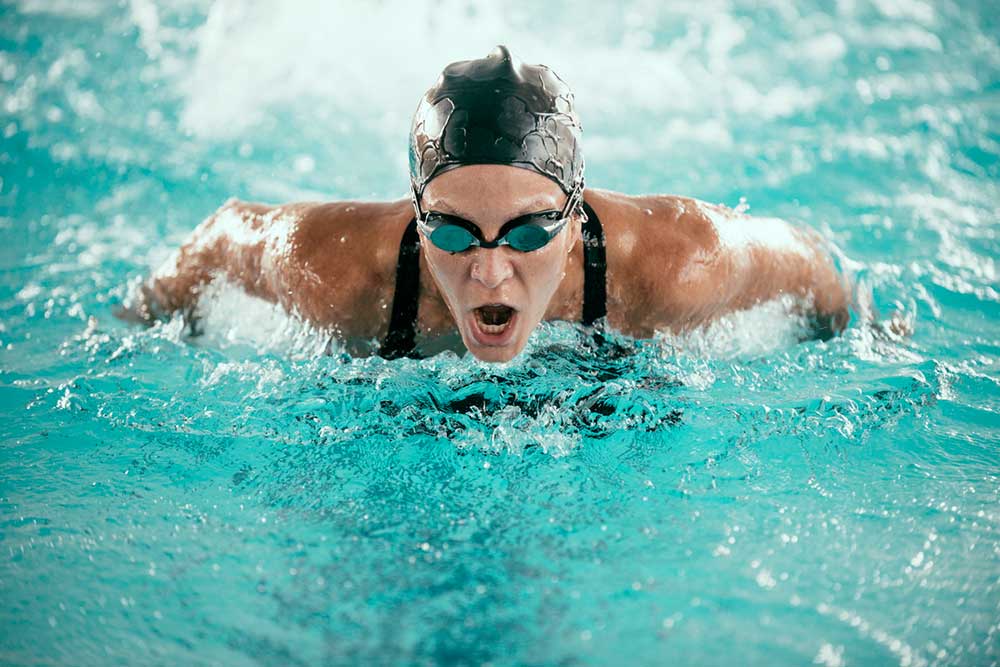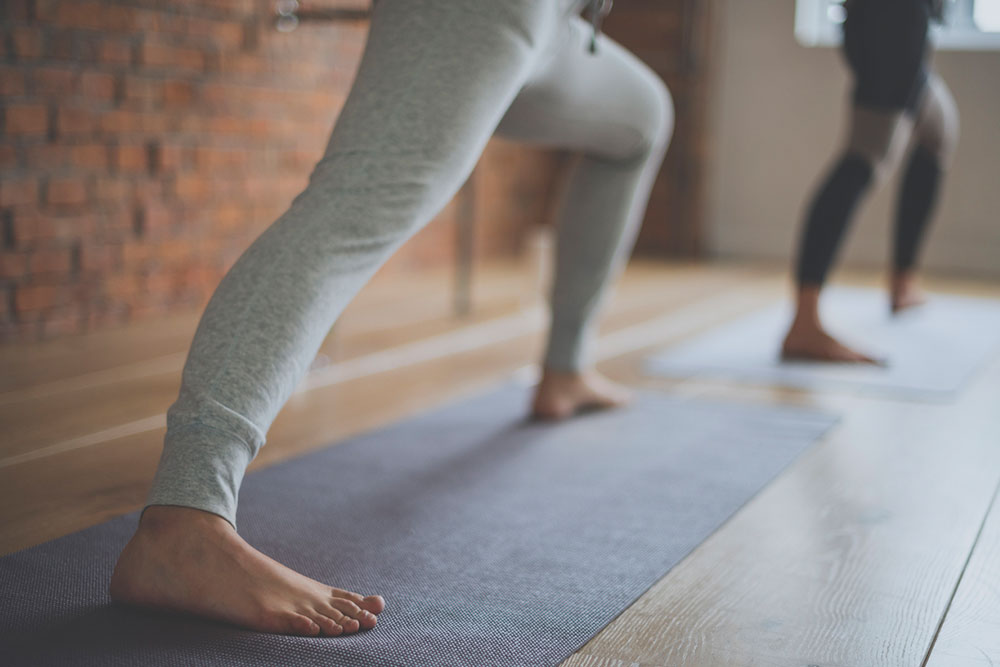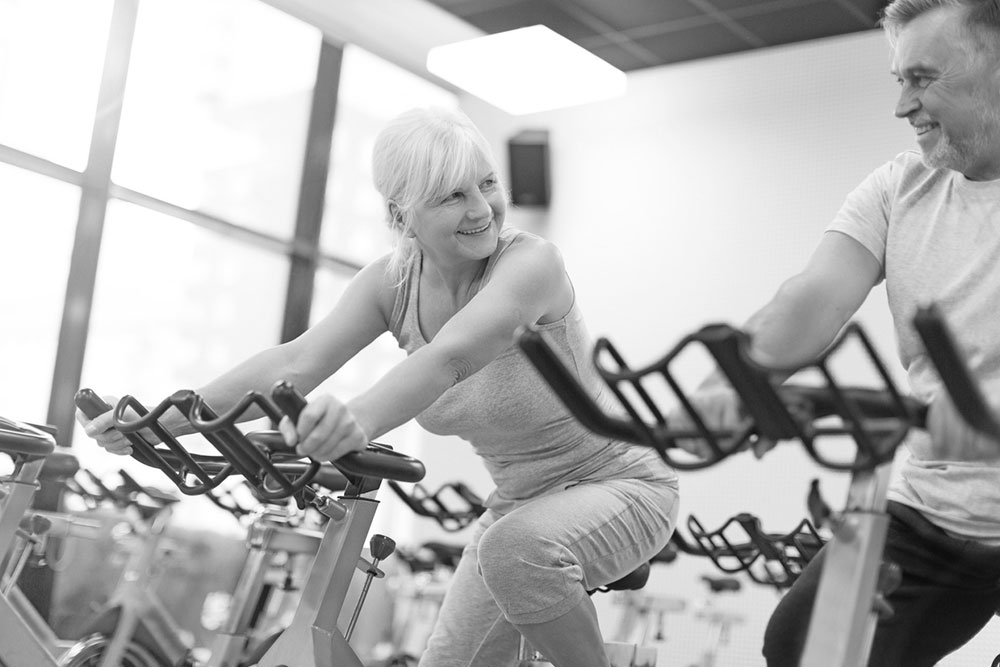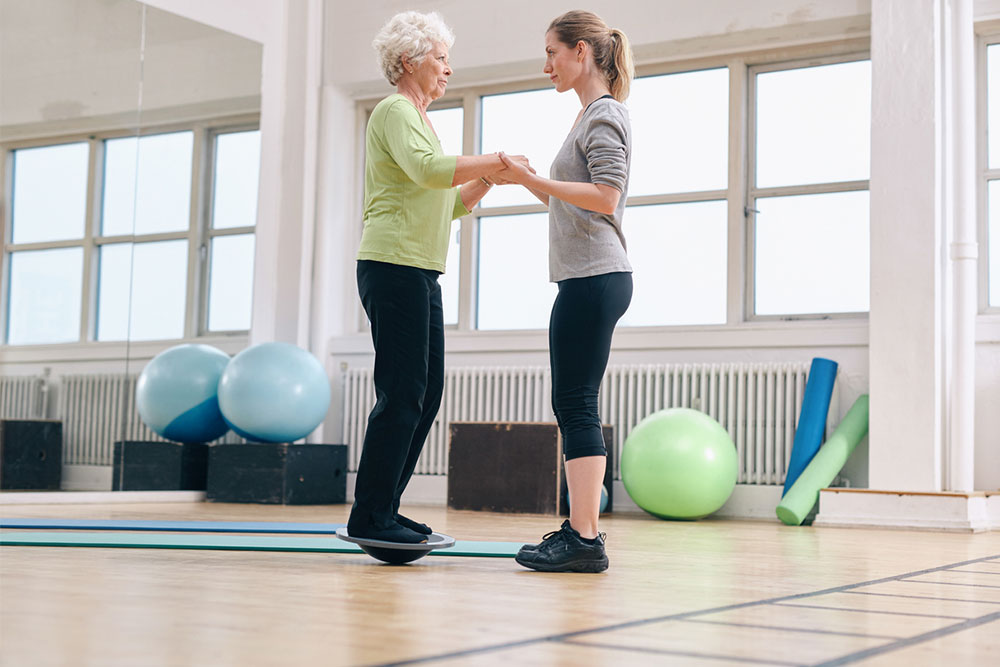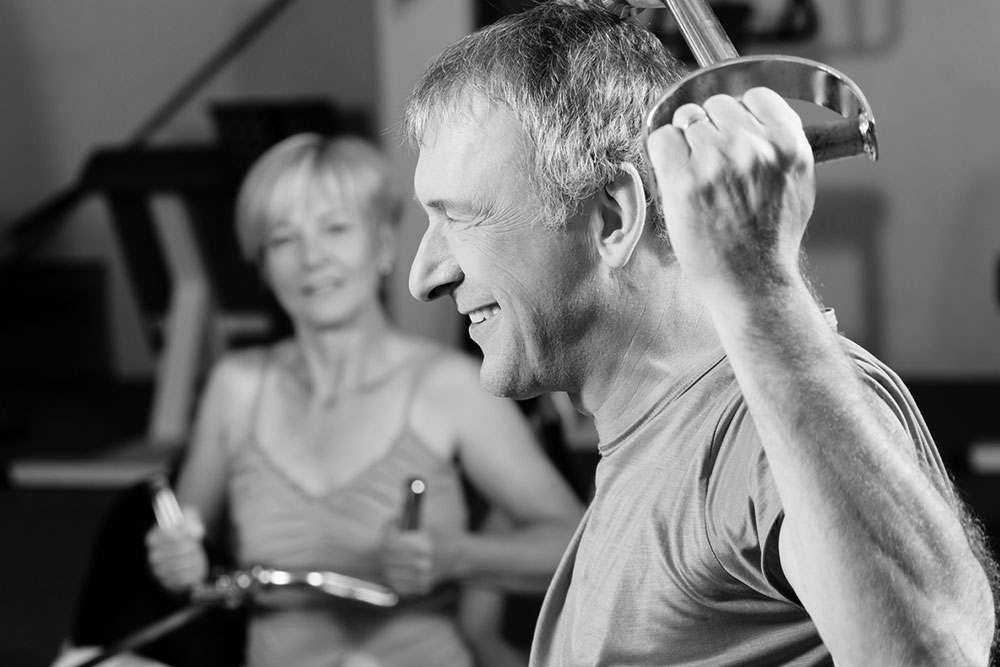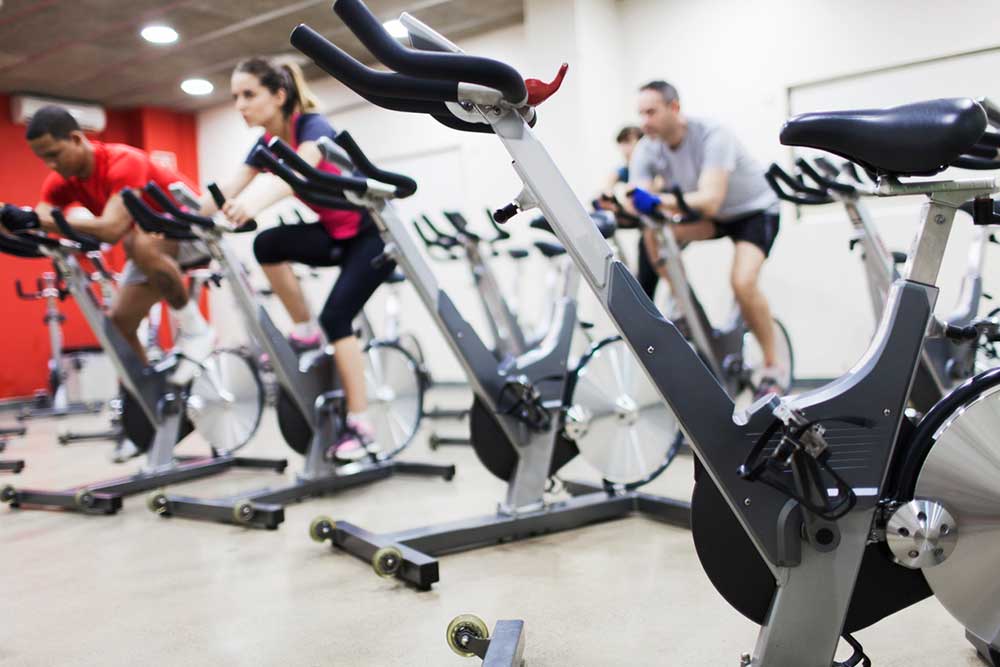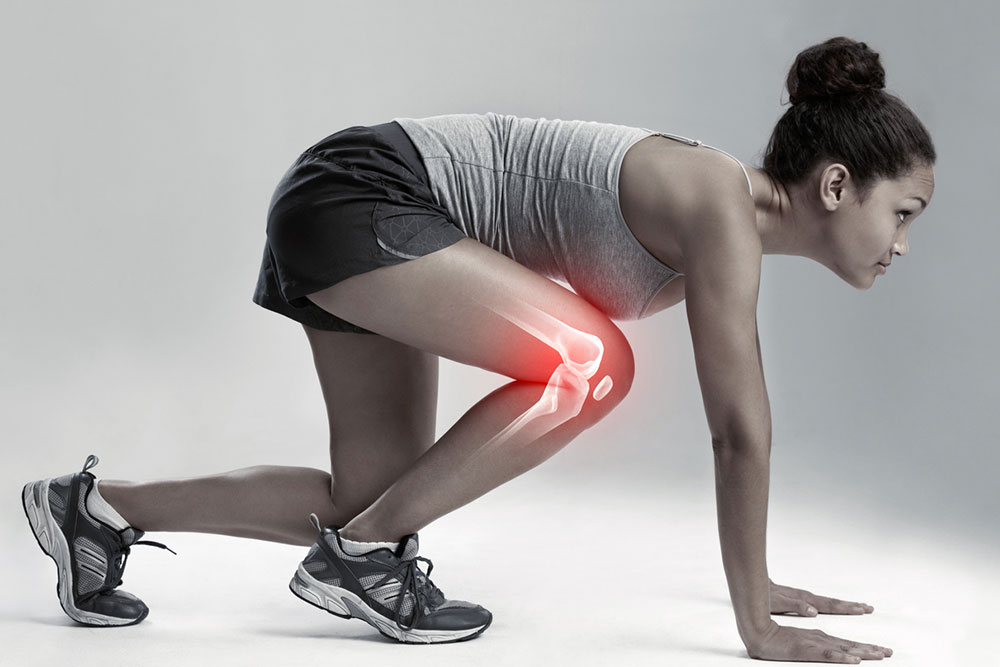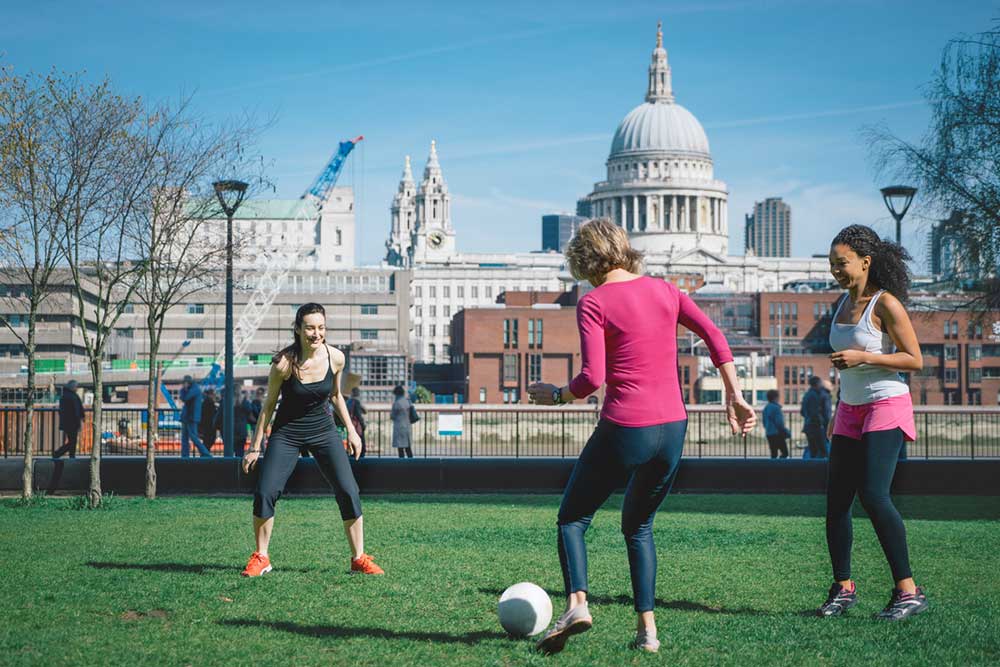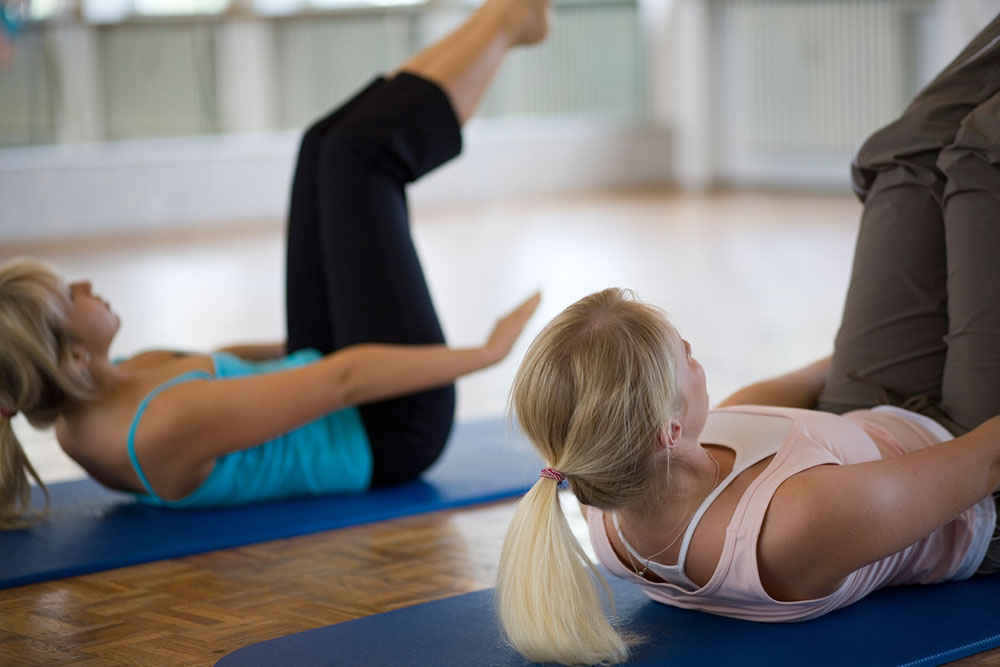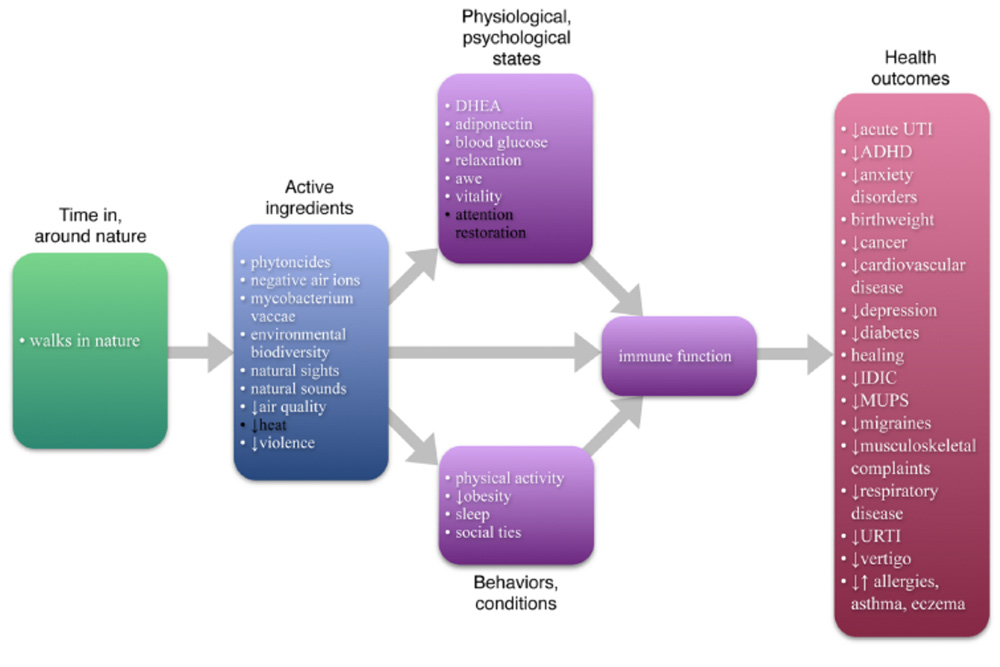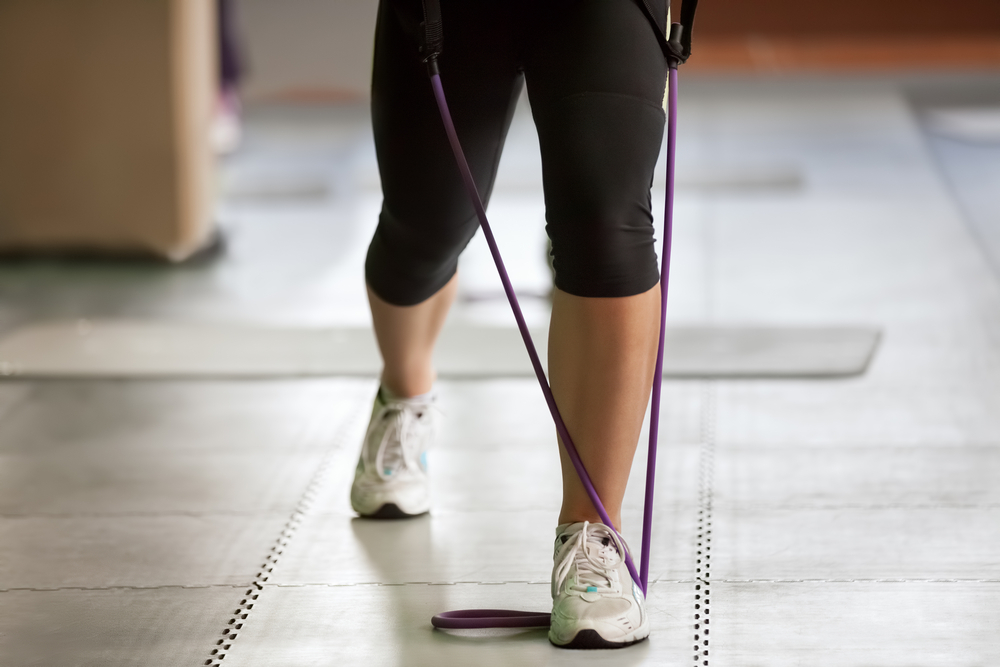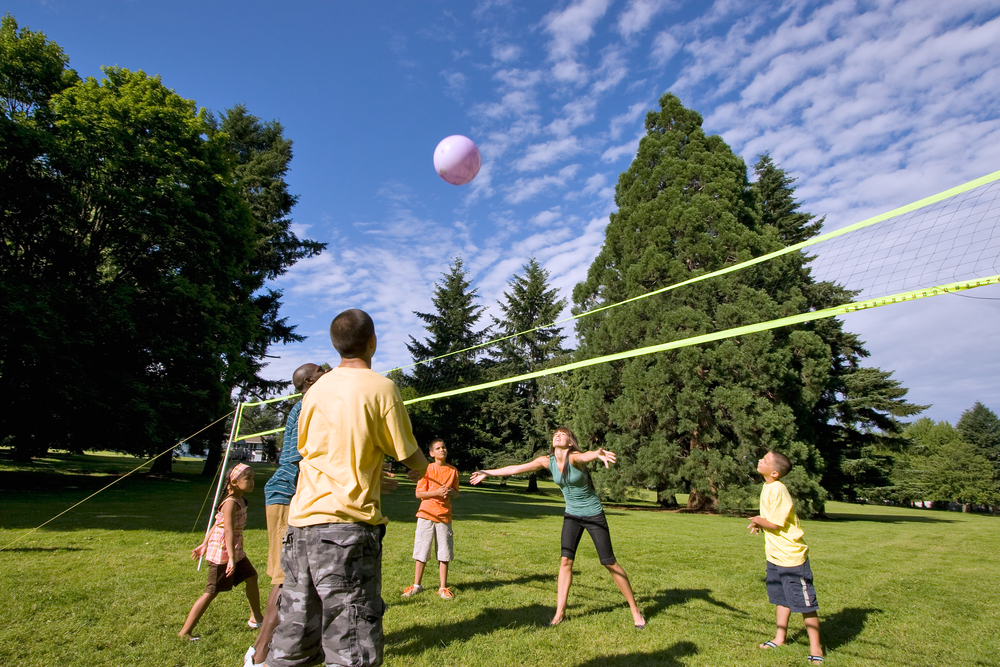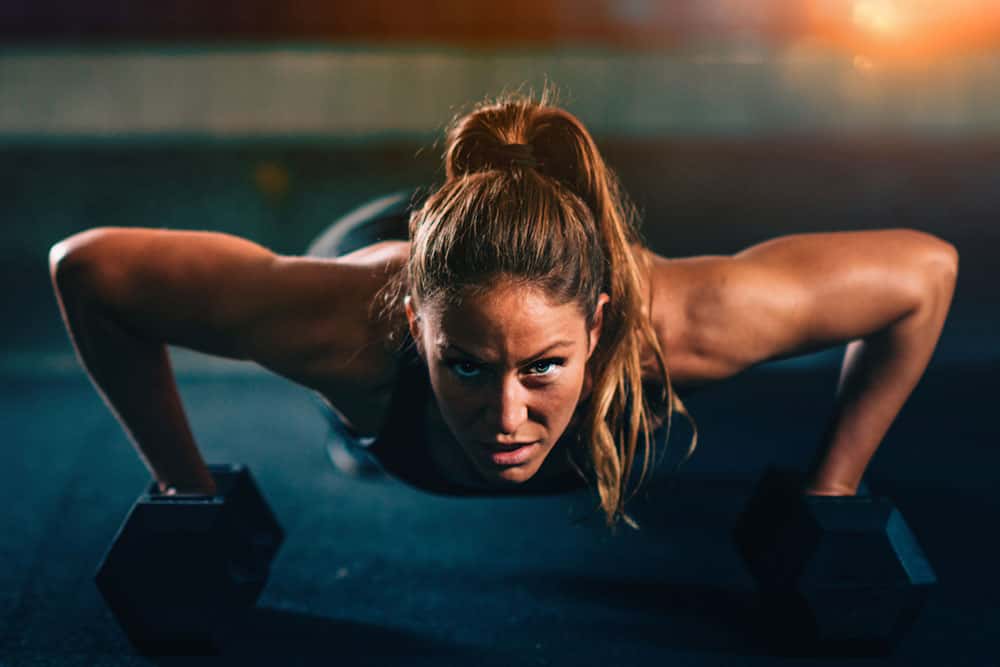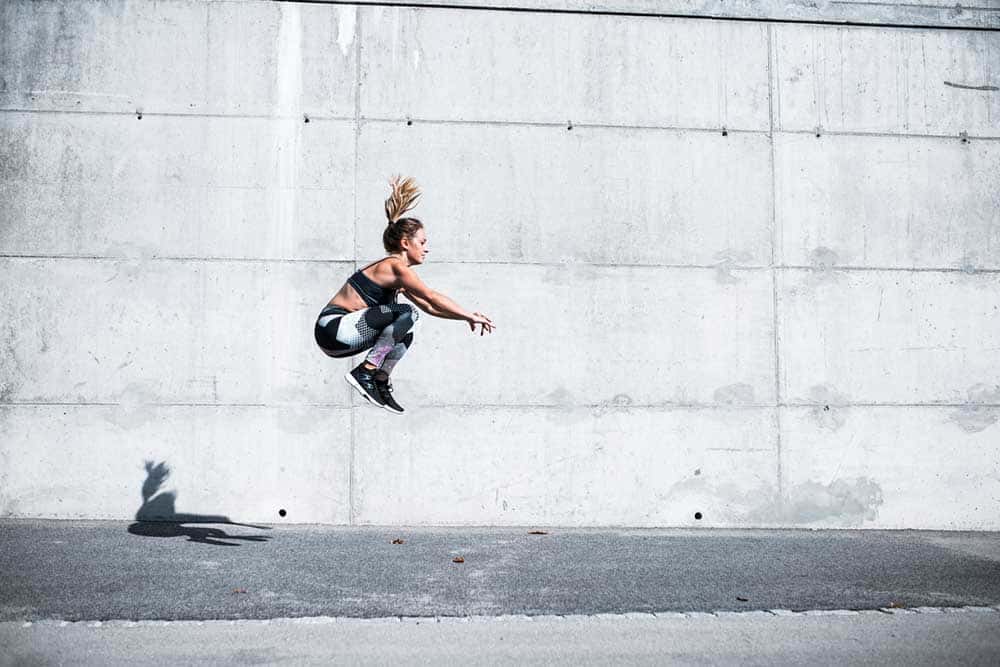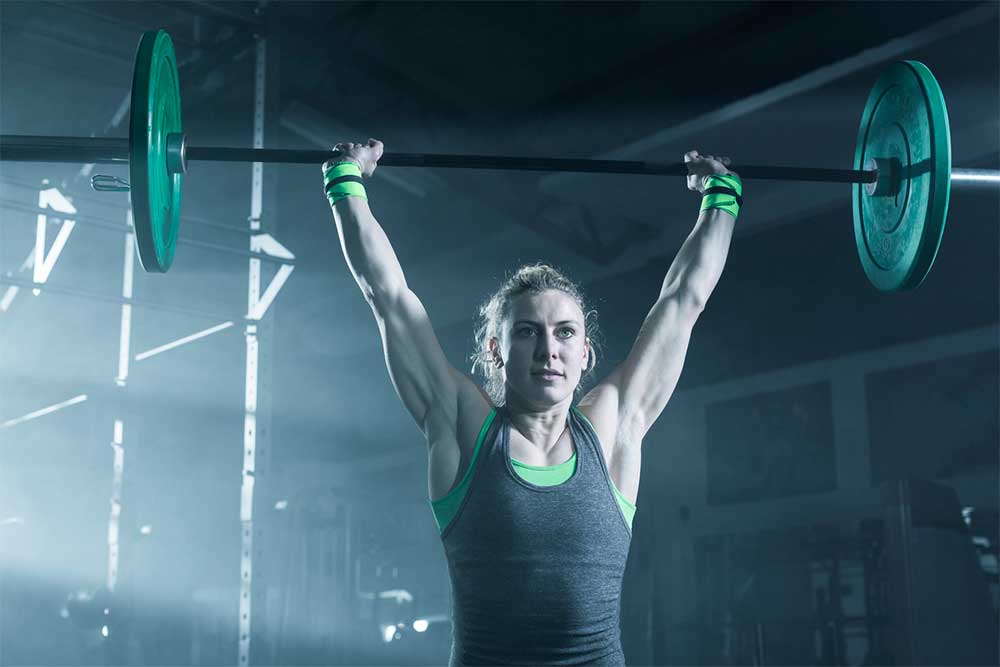Exercise Research is Underrepresented in Female Athletes

The research coming out of exercise science at the moment is some of the most exciting on the planet.
It is where top-level researchers take the time to determine how we can best implement exercise for health, for athletic performance, and for recovery. It is where we can find practically meaningful information that can be used to guide our own training methods.
But the kicker?
Women athletes tend to be somewhat underrepresented in the exercise science literature – which can make drawing clear conclusions from the research somewhat difficult.
How much clinical research is dedicated to men and women?
To date, there is only one decent research article looking at the difference between male and female representation in the health and exercise science research – and to be honest, the results were somewhat shocking (Costello, 2014).
In this research, 1,382 individual research articles published between the years 2011 and 2013 (which added up to more than six million participants) were analyzed in-depth to determine the gender split within the research.
Of all the participants within these studies, women represented about 39 percent.
Now obviously, this is not terrible – but it’s still not enough.
Especially when we take a step back to consider that participation in general exercise and (things like casual running, for example) is a lot closer to a 50:50 split between men and women – and really, the research should reflect that.
However, it actually gets worse.
See, there was even a larger disparity when looking at those studies focusing entirely on athletic performance – where only 3 percent of all participants were women.
Seriously, this is an absurd statistic.
Gender and sports science researchers
When it comes to research in sports science, you might be wondering why males dominate it from nearly every vantage point – and a logical conclusion might be simply that there are more male researchers than females.
Interestingly, this does appear to be the case – although it is probably not as big of an issue as you might first suspect (Shannon, 2019).
Research has shown that less than 30% of the world’s researchers are women.
Breaking it down a little further, female researchers make up a mere 19% in south and west Asia, 23% in east Asia and the Pacific, 30% in sub-Saharan Africa, 32% in North America and western Europe, and then 45% in Latin America.
However, it is important to note that the number of female researchers in all sectors is increasing on a yearly basis worldwide.
So, what is the real issue?
Which gender is studied the most in exercise science?
Why are males more commonly studied in every realm of sport and exercise science?
And just to be clear, I pretty much mean every realm.
Men are more heavily studies in research pertaining to improvements in performance, injury risk identification, and recovery.
In fact, the only area where females have more research is in the area of ACL injury prevention – and this is only because they happen to be around 5 times more likely to develop an ACL injury than male athletes.
So, again – why are males better represented in the research?
Well, there are several unique considerations that need to be considered when studying females.
Firstly, it can be much more expensive to study female athletes as they exhibit greater physiological variability due to hormone fluctuations. Moreover, these fluctuations can impact temperature regulation, nutrient breakdown, hydration, and fatigue – all of which makes controlling the research design more challenging.
And then we also need to consider the menstrual cycle.
When studying female athletes, to make sure that the study design is thorough, additional tests must be run to ensure that all the subjects are in the same phase of their cycles.
Obviously, this adds not only additional costs but another layer of complexity to the research.
As a result, many researchers have simply opted to exclude female athletes from their research and imply that their findings from male subjects could be applied to both sexes.
But unfortunately, this is not always the case.
Are male studies more funded than female studies?
What about funding? Are male studies more funded than women studies?
This is a common thought when it comes to discussions around female exercise science research, and it appears to hold some truth to it.
A large portion of exercise science research is supported by organizations such as the NFL and the Union of European Football Associations. As a result, the research they fund tends to be on male athletes, as that is where their interests lie.
While this trend doesn’t hold true for University funded research, it is something that requires consideration.
You may also like: Impact Of Competitive Sports On Female Athletes
Has there been an increase in female studies?
On a positive note, we have recently concluded that women are not exactly the same as men (who would have thought…) and that they, therefore, deserve to be researched in isolation.
As a result, sports science research in females has seen a steady increase over the last few years.
Research areas that have been of interest revolve around:
- Temperature regulation in female athletes
- How the menstrual cycle impacts injury risk and athletic performance
- Whether youth sport participation in females increases health across the lifespan
All of which gives some incredibly good insight into some of the considerations we need to make when designing exercise programs for females.
Where is the female research heading?
So where is the research heading? Where does the future of women sports science studies lie?
What we are really lacking is research demonstrating whether certain methods of training are as effective for female athletes as they are for male athletes. This means the future should place a premium on exploring different aerobic and resistance training methods on only female subjects.
It is this type of research that will set the foundation for improving female athlete sports performance,. Which could have far-reaching implications for female sport participation and funding.
In short, it is a must.
Take-Home Message
For a myriad of reasons, exercise science research has long been dominated by male subjects. However, not all this research has been perfectly transferrable to female athletes.
Which is why it is such an exciting time for females in sport.
The research is improving, and we are finding out so many ways of optimizing performance for female athletes. Make sure you keep an ear out, and we will make sure to keep you posted.
References
Costello, Joseph T., Francois Bieuzen, and Chris M. Bleakley. “Where are all the female participants in Sports and Exercise Medicine research?.” European Journal of Sport Science 14.8 (2014): 847-851.
Shannon, Geordan, et al. “Gender equality in science, medicine, and global health: where are we at and why does it matter?.” The Lancet 393.10171 (2019): 560-569.
You May Like!


